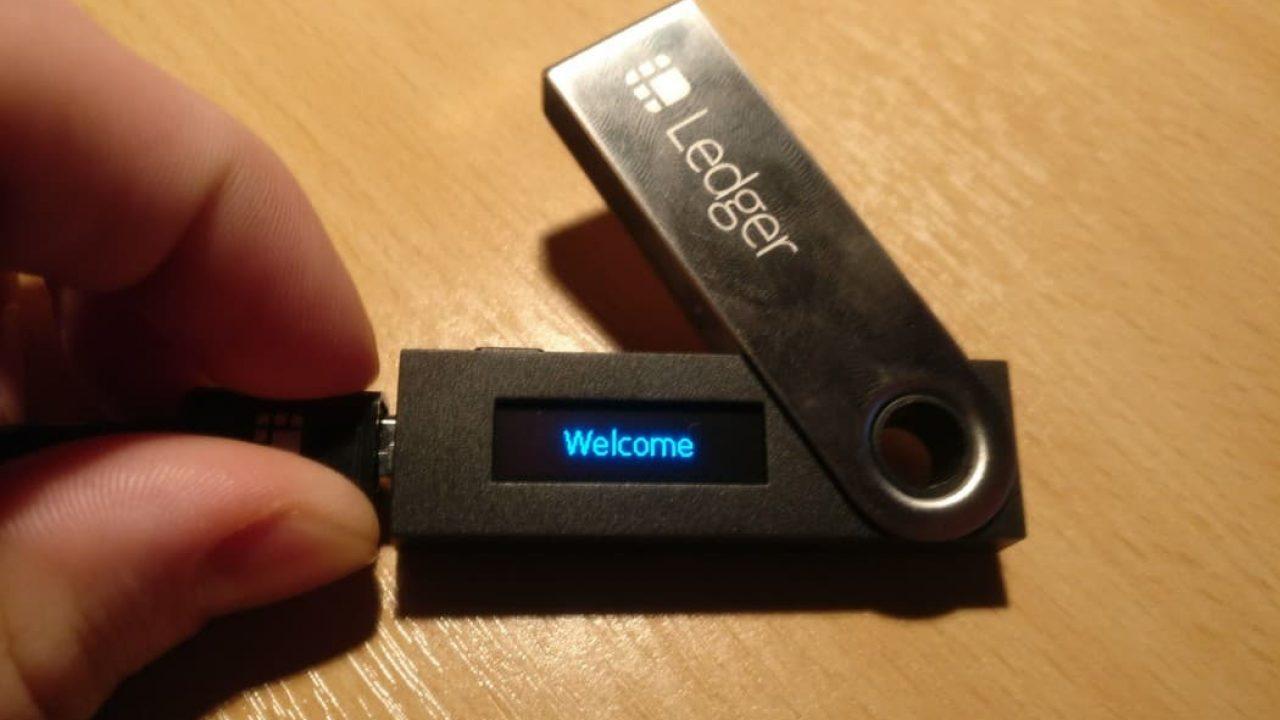Cold wallets are the best way to store cryptocurrencies securely. Cold wallets store your private keys offline, preventing hackers from accessing the funds. With a cold wallet, you can have full control of your cryptocurrency. This gives you the peace of mind of knowing that your money is safe.
Also See: A New Era Begins for YouTube!
What is a Cold Wallet?
A cold wallet is an offline blockchain wallet that stores cryptocurrencies such as Bitcoin and Ethereum. These wallets are usually a small USB-like device that you can carry with you or store somewhere in your home. They help you store and transfer crypto just like any other wallet. The difference is that they are much more secure than traditional wallets.
Their security comes from the fact that they are offline. Wallets have no internet connection. This prevents you from falling prey to hackers and scammers. A cold wallet goes online when it gains access to funds. The two most popular examples of cold wallets are Ledger Nano X and Trezor Model T. To set up these two wallets like any other hot wallet, first set a password. You can then save your wallet recovery statements and get ready.
Are Cold Wallets Better Than Hot Wallets?
Cold wallets and hot wallets have both advantages and disadvantages over each other as they have different characteristics. Therefore, which wallet type should be preferred depends on the user's needs, preferences and risk tolerance. Cold wallets are designed for the secure storage of cryptocurrencies. They are stored on hardware devices or paper wallets that are not connected to the internet. For this reason, cold wallets are generally considered more secure. Because they are not connected to the internet. Therefore, they are less vulnerable to cyberattacks. However, cold wallets are more limited in terms of usage. When you want to make an online transaction, you need access to the physical device.
Hot wallets are connected to the internet. This makes them easy and user-friendly. But because they are connected to the internet, hot wallets are more vulnerable to online attacks. Users need to take additional security measures to ensure safety. In conclusion, both types of wallets have their own advantages and disadvantages. It is important for users to choose a wallet type based on their preferences, needs and risk tolerance. Example of cold wallets:
Examples of hot wallets:
Cold wallets are hardware devices used for storage purposes. The cryptocurrencies they support depend on the manufacturer and model of the device. For example, some popular cold wallets, such as the Ledger Nano S and Trezor One, support Bitcoin, Ethereum and a few other popular cryptocurrencies. However, newer models like the Ledger Nano X and Trezor Model T support more cryptocurrencies. The cryptocurrencies that cold wallets support can be found on the wallet's website or on the manufacturer's website. Some cold wallets also allow users to upload different cryptocurrencies to the device and use other cryptocurrencies supported by the device through the software they use.
How Much Does It Cost to Buy a Cold Wallet?

The prices of cold wallets can vary depending on the brand and model. In addition, many different features and security features can also cause price differences. For example, the screen size of a cold wallet, Bluetooth capability, material quality of the device, battery life, etc. can affect the price. The price ranges of Ledger and Trezor wallets, the most popular cold wallet brands, are as follows:
Higher specification cold wallets can be more expensive, while more basic models can be offered at more affordable prices. Since prices may vary, you can check the price of the cold wallet you are thinking of buying directly from the manufacturer or sellers.
How Does Cold Wallet Work?
Cold wallets store the private keys needed to sign a transaction offline. Private keys are stored on the device itself. No one without physical access to your wallet can access your private keys. Whenever you want to make a transaction, you need to connect the wallet to a computer to access the private keys. If you have a Trezor wallet, the process can be as follows:
When interacting with Trezor Suite, the desktop interface for using your wallet, your private key is never contacted by an online server. Hackers cannot intercept the transaction or perform any other operation. All they can do is view it in a blockchain explorer like everyone else. The information remains private and offline unharmed.
What happens if the Cold Wallet breaks?
If your cold wallet is broken or damaged, you may risk losing your cryptocurrencies. However, cold wallet manufacturers offer some solutions for damaged or broken wallets. For example, cold wallet manufacturers like Ledger and Trezor offer a predetermined recovery process for the safety of the devices. This recovery process can be used to get your cryptocurrencies back if your wallet is damaged or lost.
However, it is recommended to make backups in your wallet. Backing up involves the creation of a private recovery key that can be used to get your money back in case your cryptocurrencies are lost or damaged. Therefore, it is always recommended to make a backup before using your cold wallet.





No comments yet for this news, be the first one!...